CROSS SECTION/04
TOM HACKNEY, ROLAND HICKS, CATRIN MORGAN
30 June - 29 July 2017





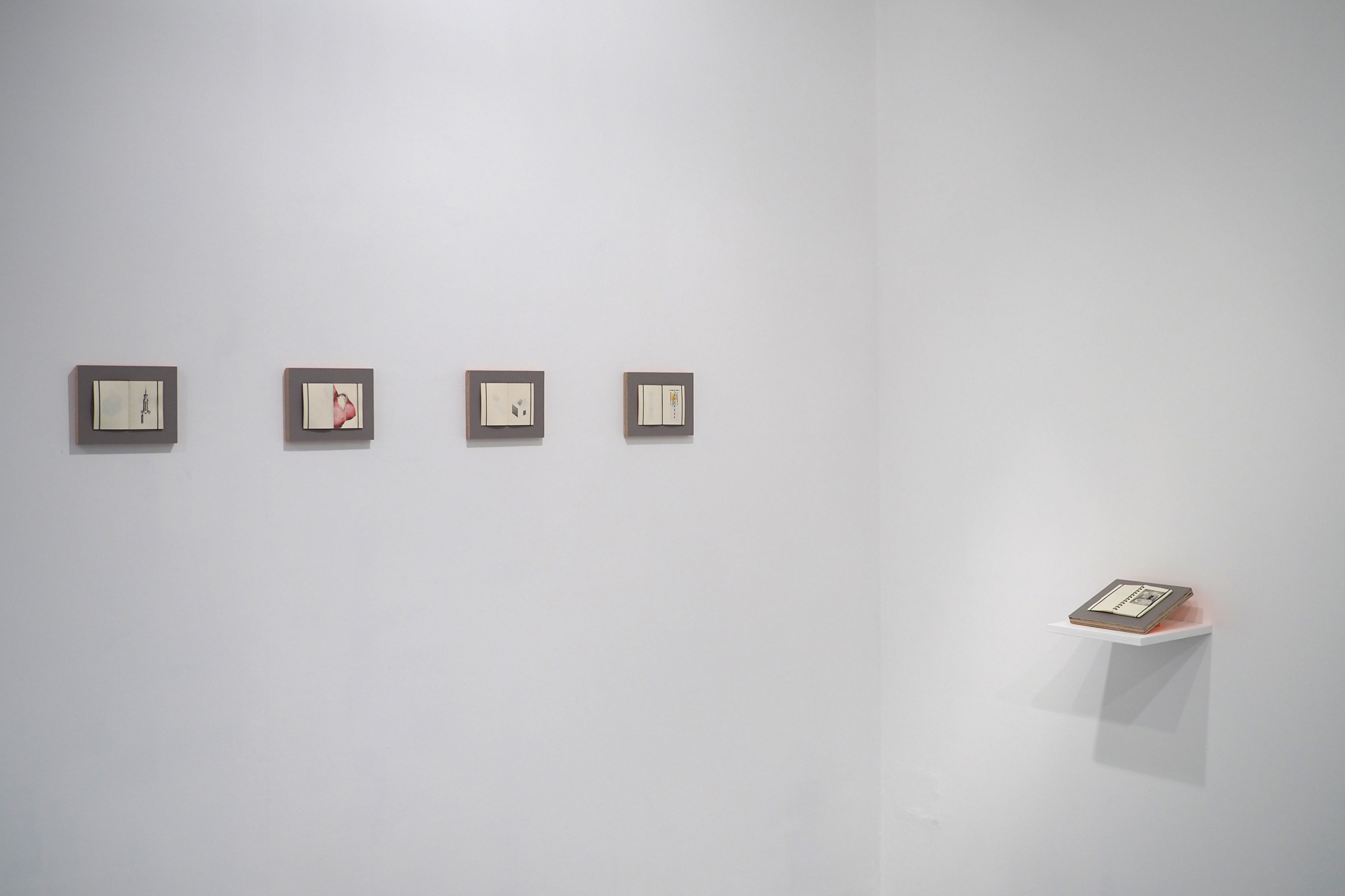



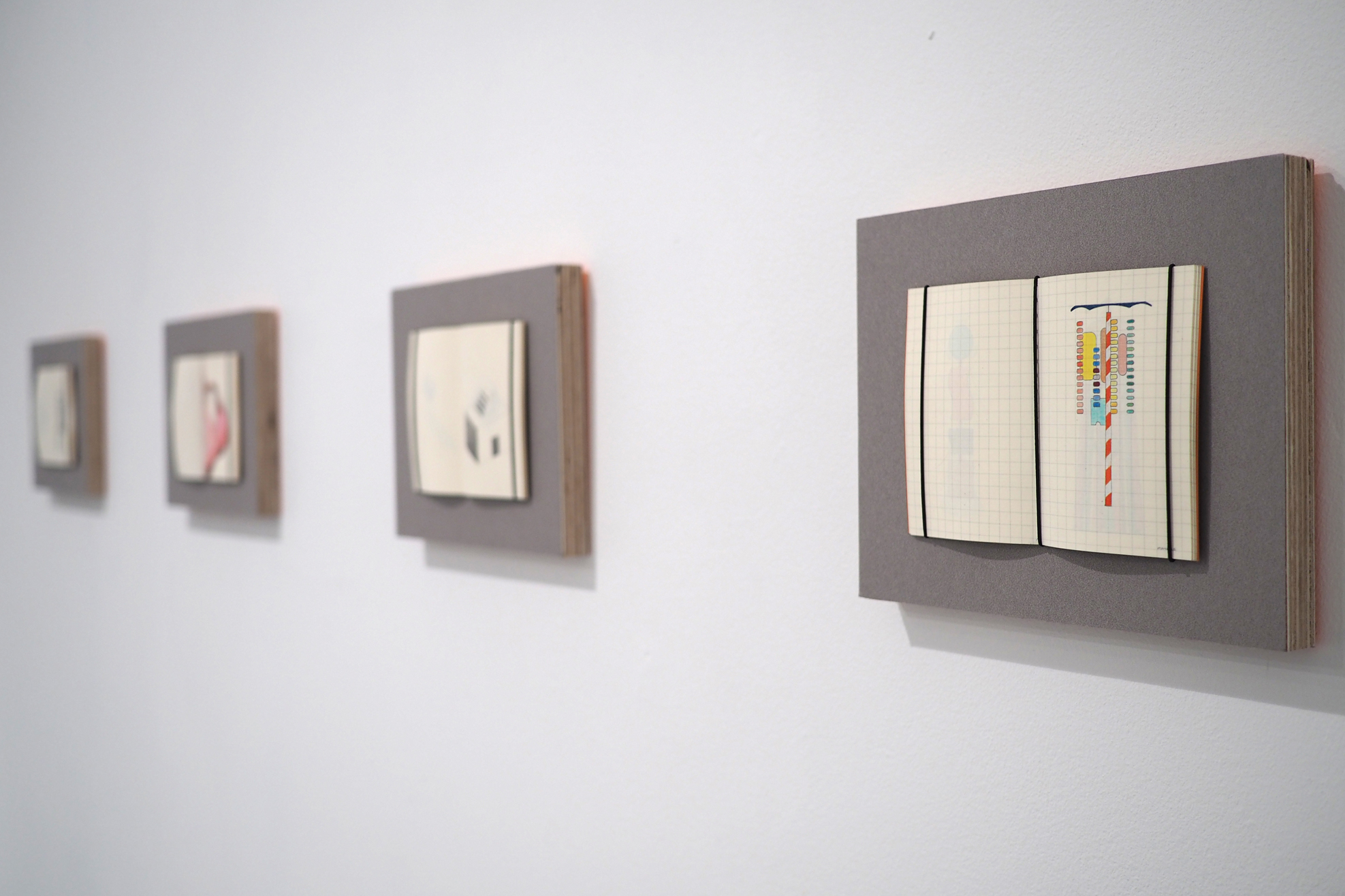

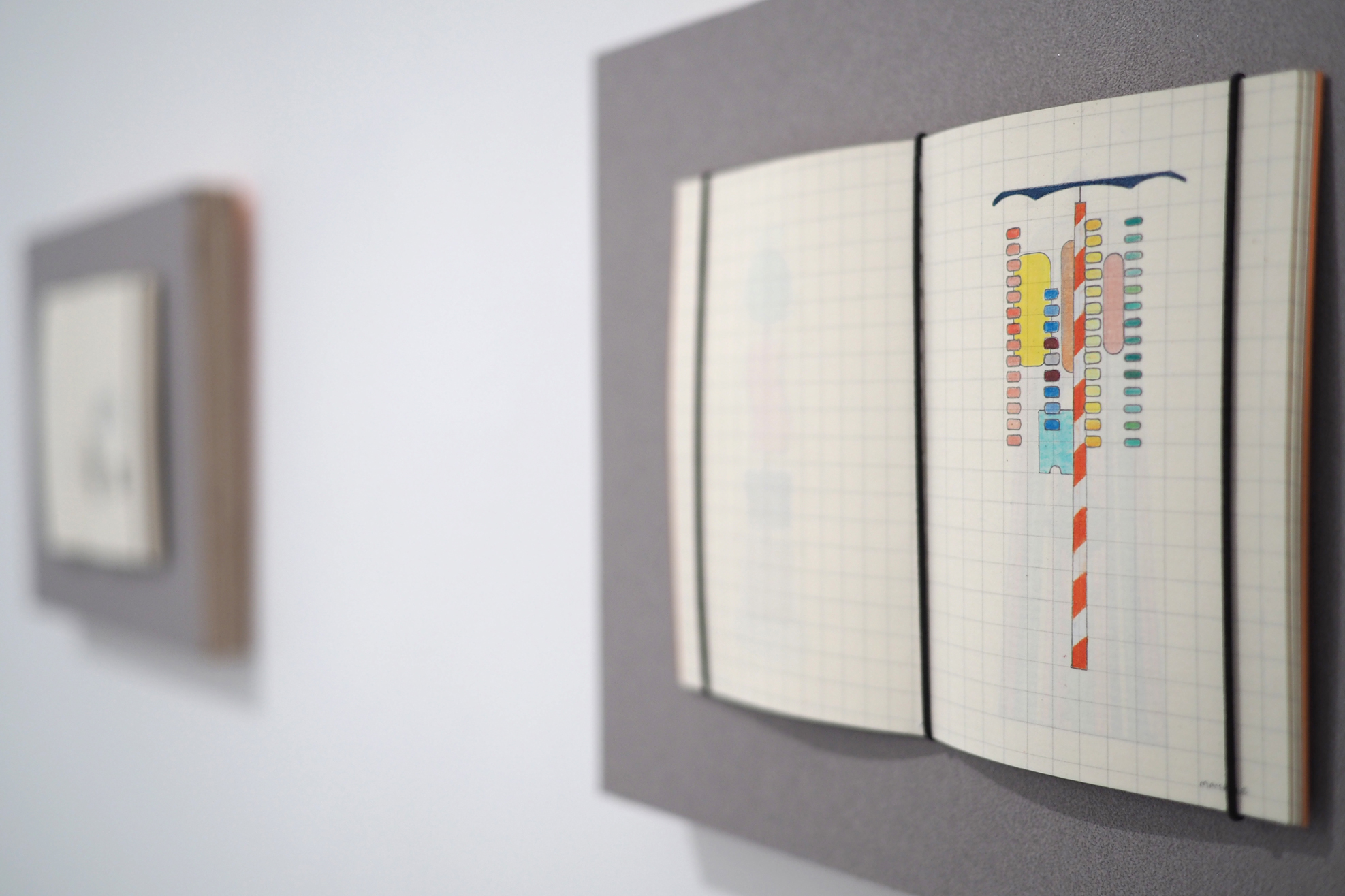






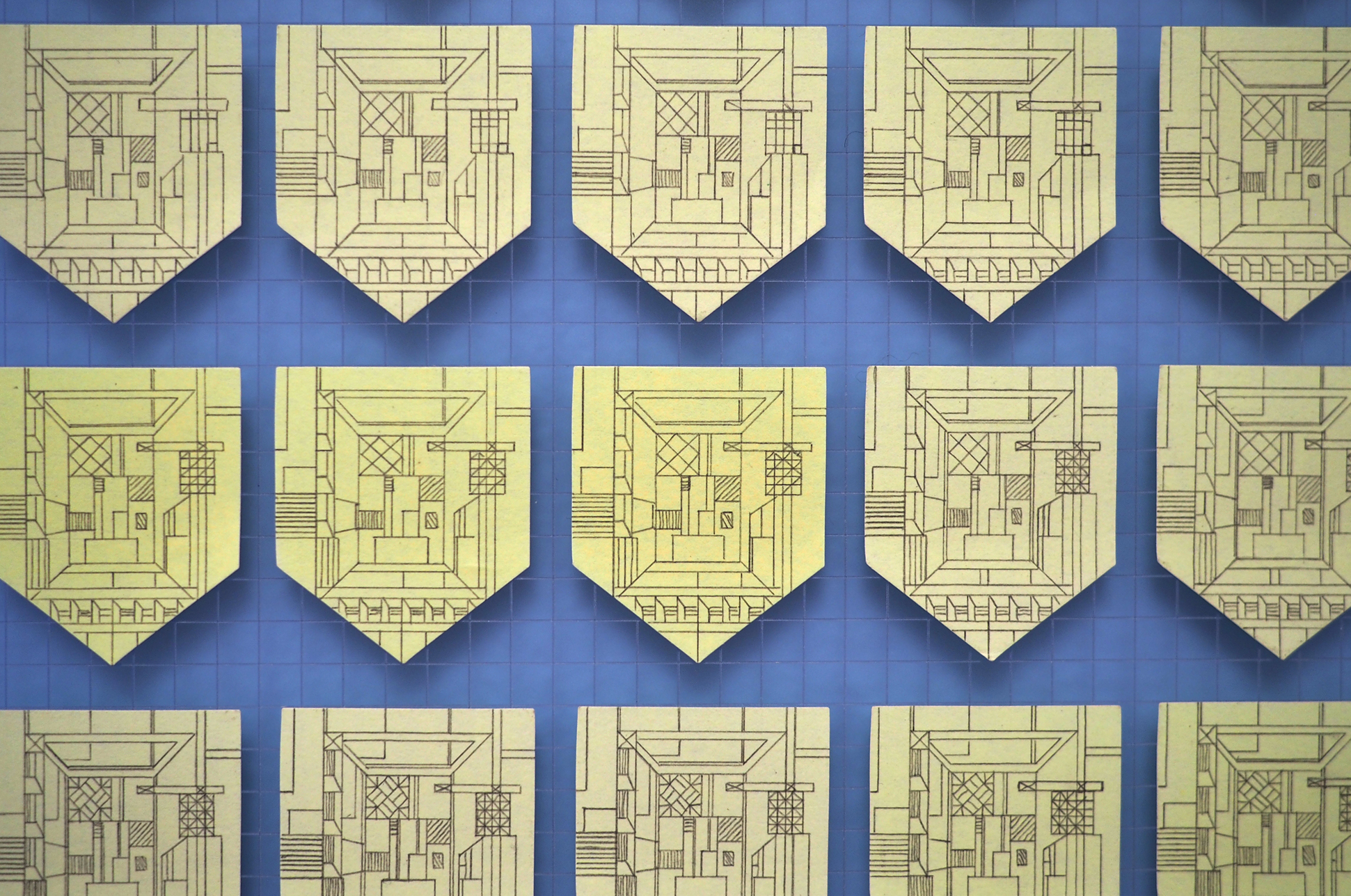
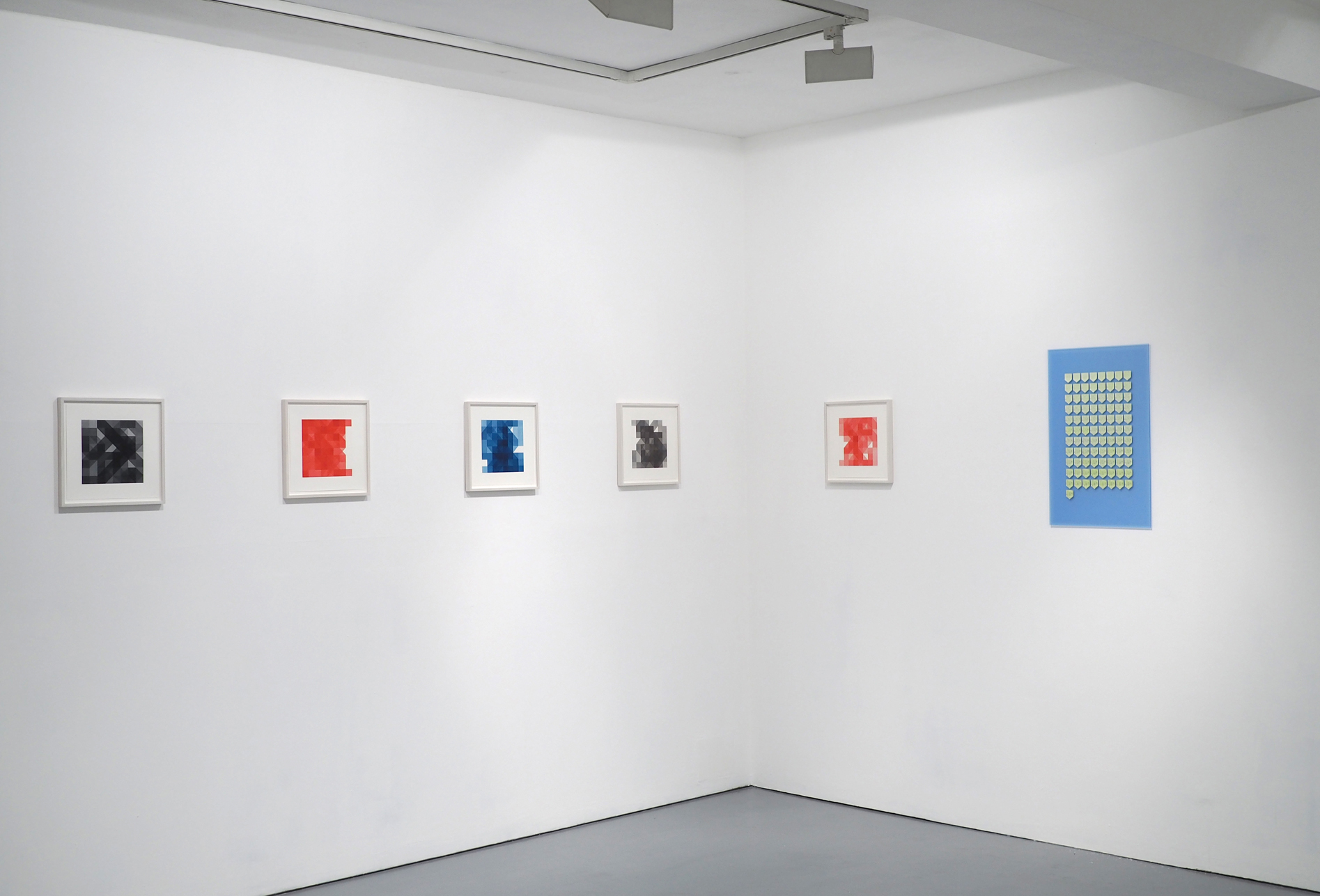


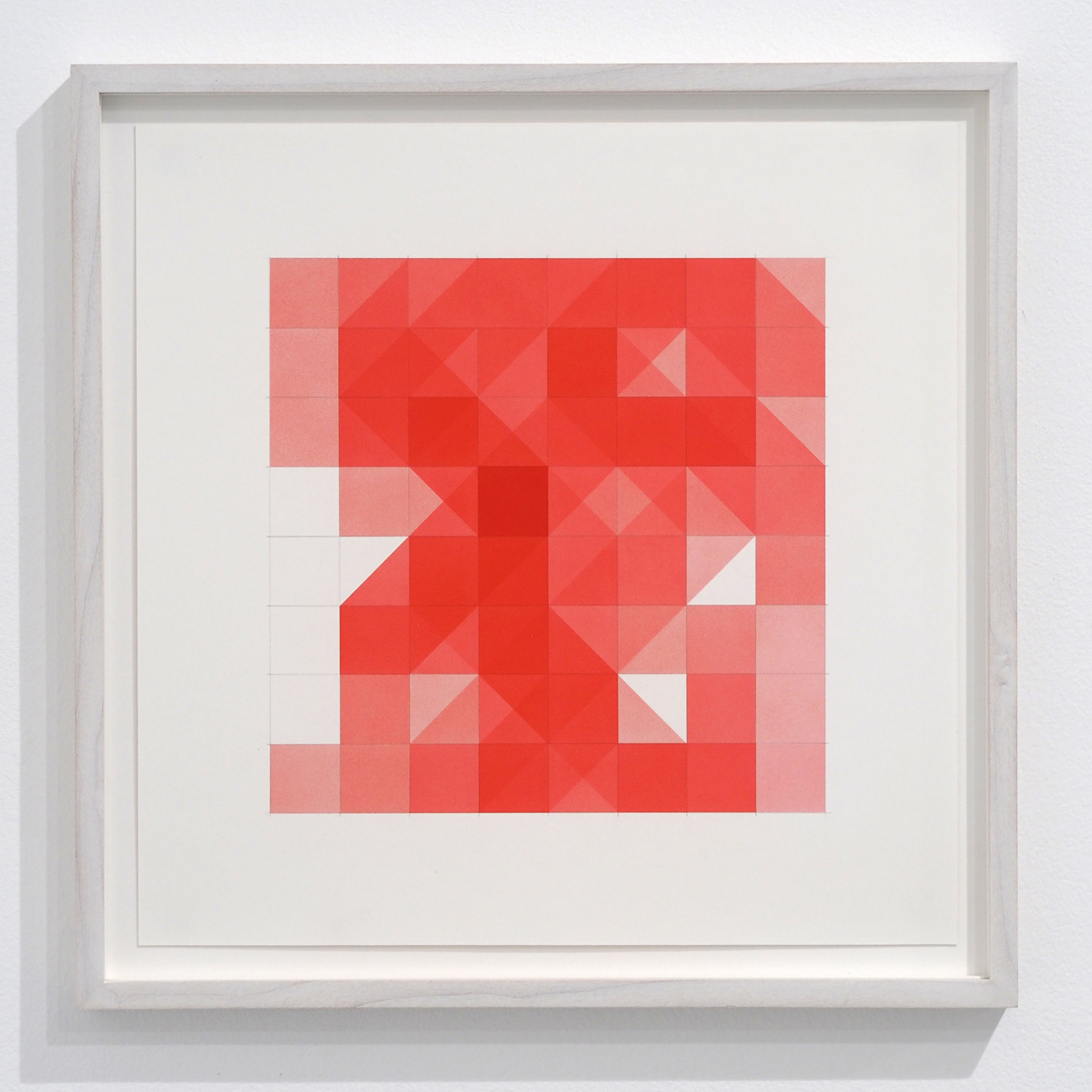











dalla Rosa is delighted to present CROSS SECTION/04 a three-person exhibition gathering new work by Tom Hackney, Roland Hicks, and Catrin Morgan.
Tom Hackney’s series of Notation Drawings are made by transcribing the moves of chess games played and recorded by Marcel Duchamp in the form of handwritten chess notation. Chess notation refers to the system used for recording the sequence of moves made within a game of chess. Where a musical composition can be recorded by marking notes on a stave, the progress of a game of chess can be charted by recording the coordinates of each move in the form of descriptive or algebraic notation. These records allow for games to be retrospectively analysed and replayed. As such, chess notation provides both the means for the development of chess theory and the medium in which the game’s history is preserved.
The drawings are made by marking the path of each move, in sequence, on a 8 x 8 grid. This path is masked off and systematically marked in a layer of ink, carefully sprayed using an airbrush. Each drawing comprises the accumulated marks of an entire game, its composition unique to the given game. The Notation Drawings accompany Tom Hackney’s ongoing series of Chess Paintings (2009-present) that continue to examine the challenges posed, particularly to painting, by Marcel Duchamp’s designation of a non-retinal art. The series of drawings materialised after Hackney encountered Duchamp’s handwritten pen and ink chess notation in the archive at the Philadelphia Museum of Art in 2016.
Roland Hicks’ recent works (OSB) involve making slow, labour intensive paintings, sculptures, drawings, collages and trompe-l'œil reliefs that reconstruct or reimagine hastily painted offcuts and assemblages made from the cheap building material Oriented Strand Board. The work celebrates the everyday while carrying a number of art historical allusions, such as XVII century Dutch trompe-l'œil, modern abstraction and minimalism, Arte Povera, and Kurt Schwitters’ work.
Hicks’ aim is to strike an uneasy balance - where the dynamic of the work shifts back and forth between a primitive creative act and something more carefully considered, between art and non-art, abstraction and realism, authenticity and simulation, sincerity and absurdity.
Catrin Morgan’s practice explores the relationship between text and image with a particular interest in creating work governed by underlying frameworks, rules and hidden meanings. Most of her projects are conceived in relation with the book format, from limited edition artist books to mainstream publishing.
Recently she has been particularly interested in the concepts of repetition and permutation, in her own words: ‘variation is not added to repetition in order to hide it, but is rather its condition or constitutive element, the interiority of repetition par excellence.’ Her belief is that the work that an artist produces in their lifetime is a pattern of repetition and permutation.
